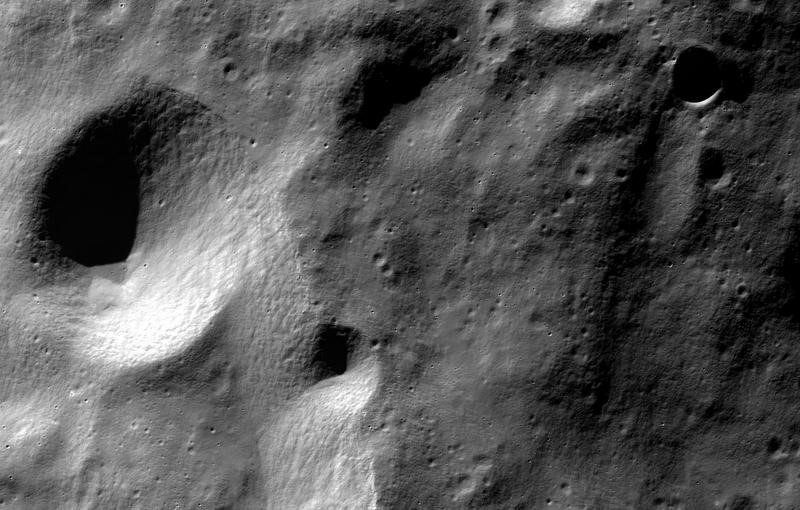Free Courses Sale ends Soon, Get It Now


Free Courses Sale ends Soon, Get It Now



Source: Hindu
Disclaimer: Copyright infringement not intended.
Context
A recent study conducted by Indian space scientists, in collaboration with various research institutions, has revealed compelling evidence regarding the enhanced possibility of water ice occurrence in the polar craters of the Moon.
Details
Key findings
Implications for Future Missions:
About Polar craters
Formation of Moon Craters:
Types of Moon Craters:
Geological Processes:
Age and Preservation:
Notable Moon Craters:
Polar Craters:
Must read articles:
Sources:
|
PRACTICE QUESTION Q. Exploring the polar craters of the Moon serves as a gateway to understanding the history of volatiles and the potential for sustained human presence beyond Earth. Examine. (250 words) |
© 2024 iasgyan. All right reserved